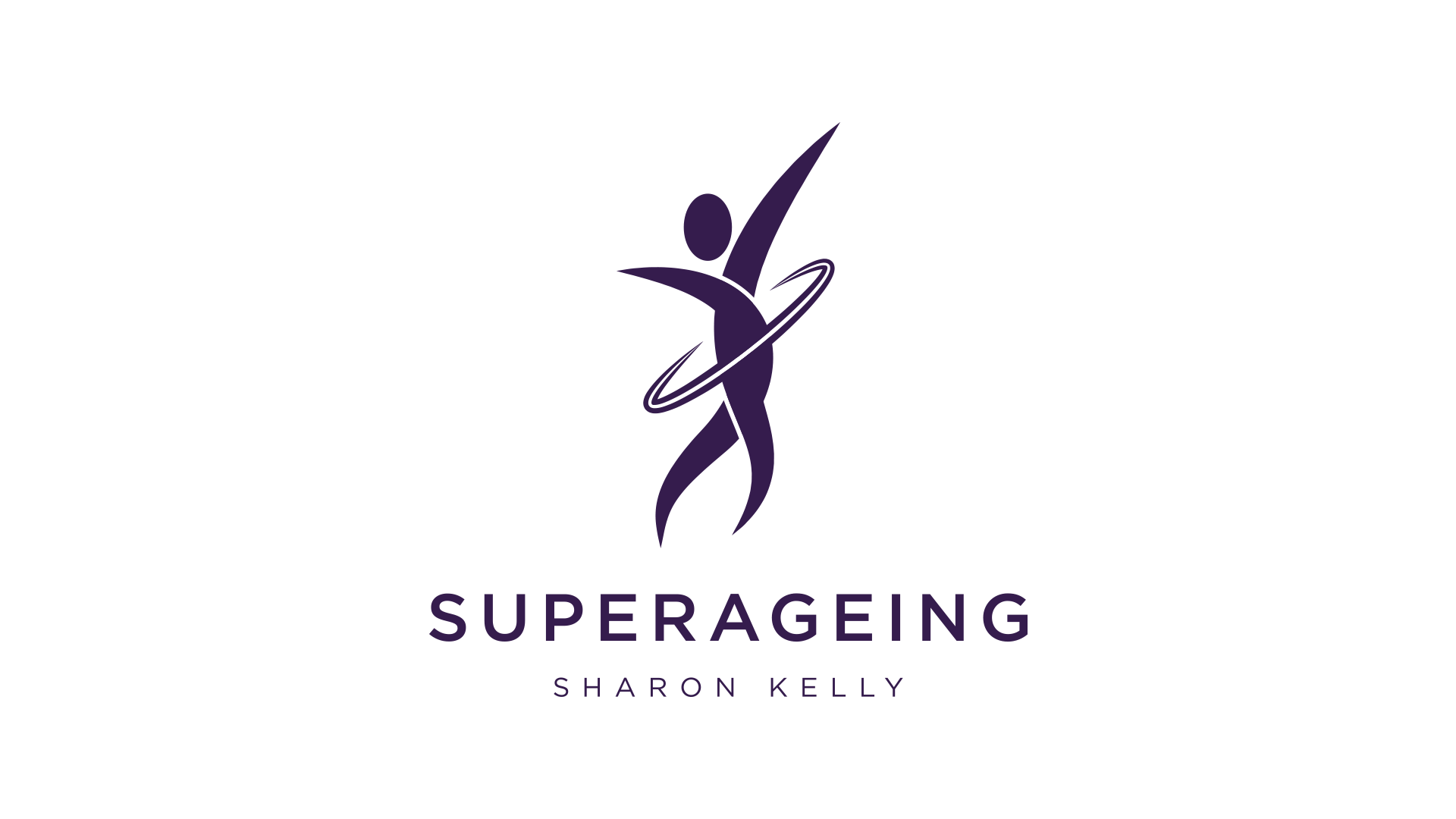Exercising in 4-Point Kneeling After 50:
Benefits and How-To Guide
As we age, it becomes increasingly important to engage in exercise that offers low impact yet effective results. The 4-point kneeling position is an exceptional exercise that those over 50 can integrate into their routines to enhance core strength, stability, and coordination. Proper execution is essential to avoid strain and to gain the full range of benefits this exercise offers. This guide provides a detailed look of the 4-point kneeling exercises and instructions for performing them with safety and efficiency.
Benefits of 4-Point Kneeling Exercises:
The benefits of incorporating 4-point kneeling exercises into your exercise regimen are significant, including:
Core Stability Enhancement:
These exercises are integral in strengthening core muscles, which support proper posture, reduce lower back discomfort, and improve balance.
Joint Health Improvement:
Regular practice can contribute to increased joint mobility and strength, particularly beneficial for the shoulders, hips, and knees, thus maintaining flexibility and motion range.
Balance and Coordination:
The 4-point kneeling position inherently encourages better balance and coordination, diminishing the risk of falls and related injuries.
Augmented Body Awareness:
Through these exercises, you can develop a heightened sense of body awareness, promoting correct alignment and movement in daily life.
Execution of 4-Point Kneeling Exercises:
Execution of 4-Point Kneeling Exercises:
To begin these exercises

To begin these exercises
- Start in the hands-and-knees position, aligning hands beneath shoulders and knees beneath hips.
- Maintain spinal neutrality to prevent unnecessary arching or rounding of the back.
- Engage abdominal muscles by drawing the navel toward the spine and keep this engagement throughout the exercise.
- Breathe normally and focus on exhaling deeply to further engage core muscles.
Introduce simple arm or leg lifts to the exercise for increased difficulty, ensuring core and spinal alignment remain intact.
Modifications for Comfort and Safety:
If you are experiencing wrist or knee discomfort, consider the following adjustments:
- Use folded towels, dumbbells or yoga blocks under the hands for wrist support.
- Provide knee cushioning with a blanket or yoga mat for added comfort.
- Explore alternative core exercises, such as seated abdominal bracing or standing pelvic tilts, if kneeling is not suitable.
- Incorporate stability balls or chairs to engage core muscles without the need for kneeling.
Conclusion
It is essential for individuals, especially those above the age of 50, to consult with a fitness professional or healthcare provider before beginning any new exercise routine. This is to ensure the exercises are performed correctly and safely, taking into account any existing health conditions or injuries. With the proper modifications and guidance, 4-point kneeling exercises can be a valuable addition to one’s fitness regimen, contributing to a strong and agile body in the later years of life.




Recent Comments